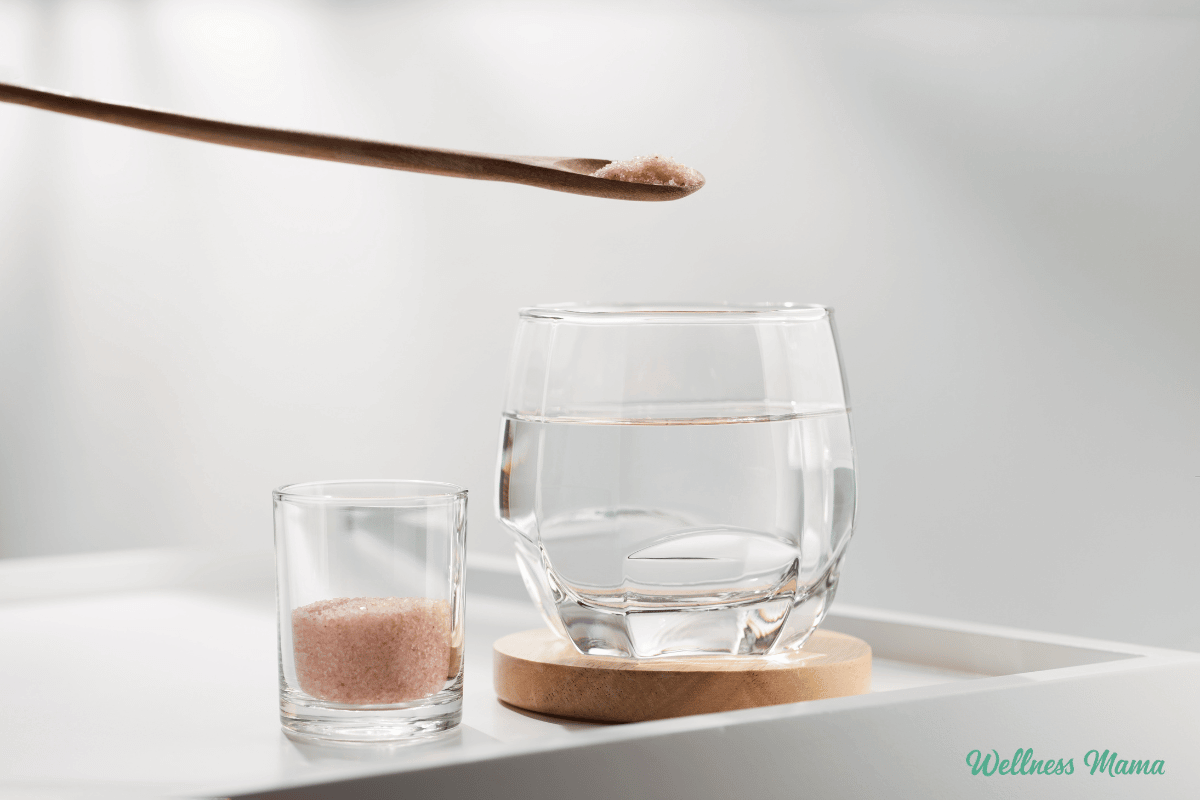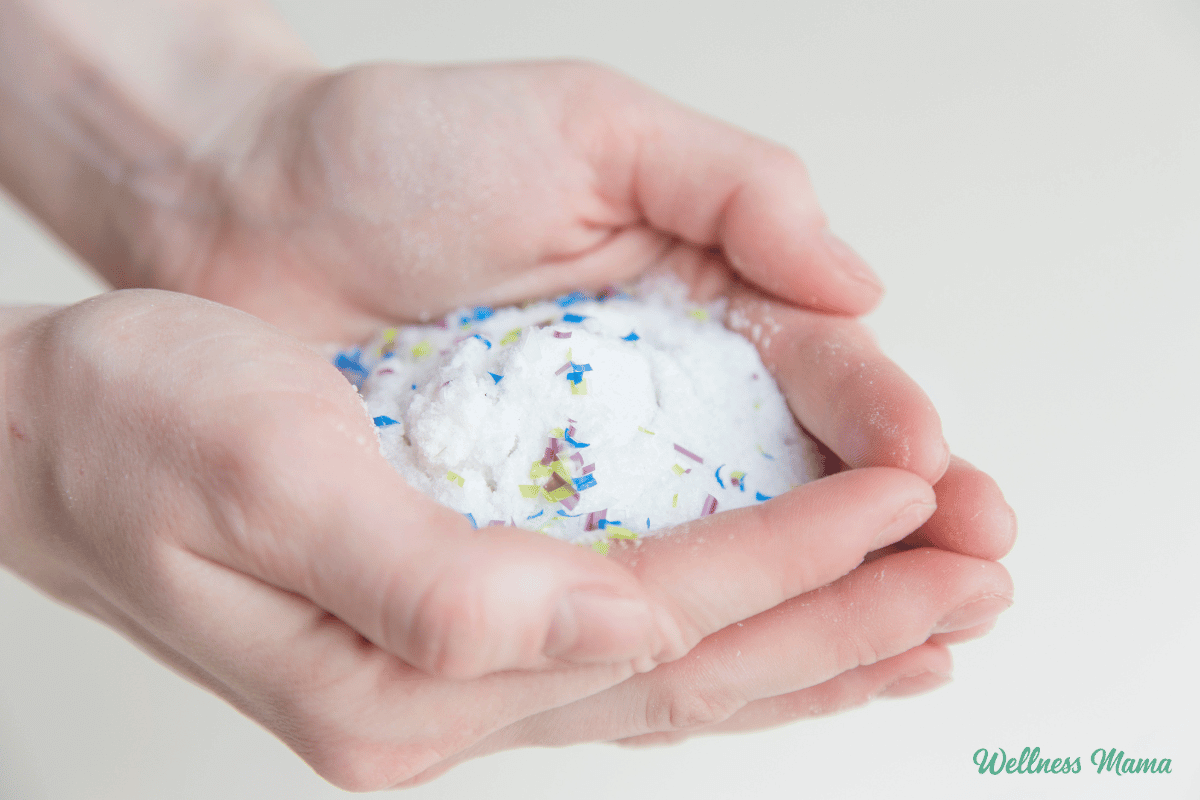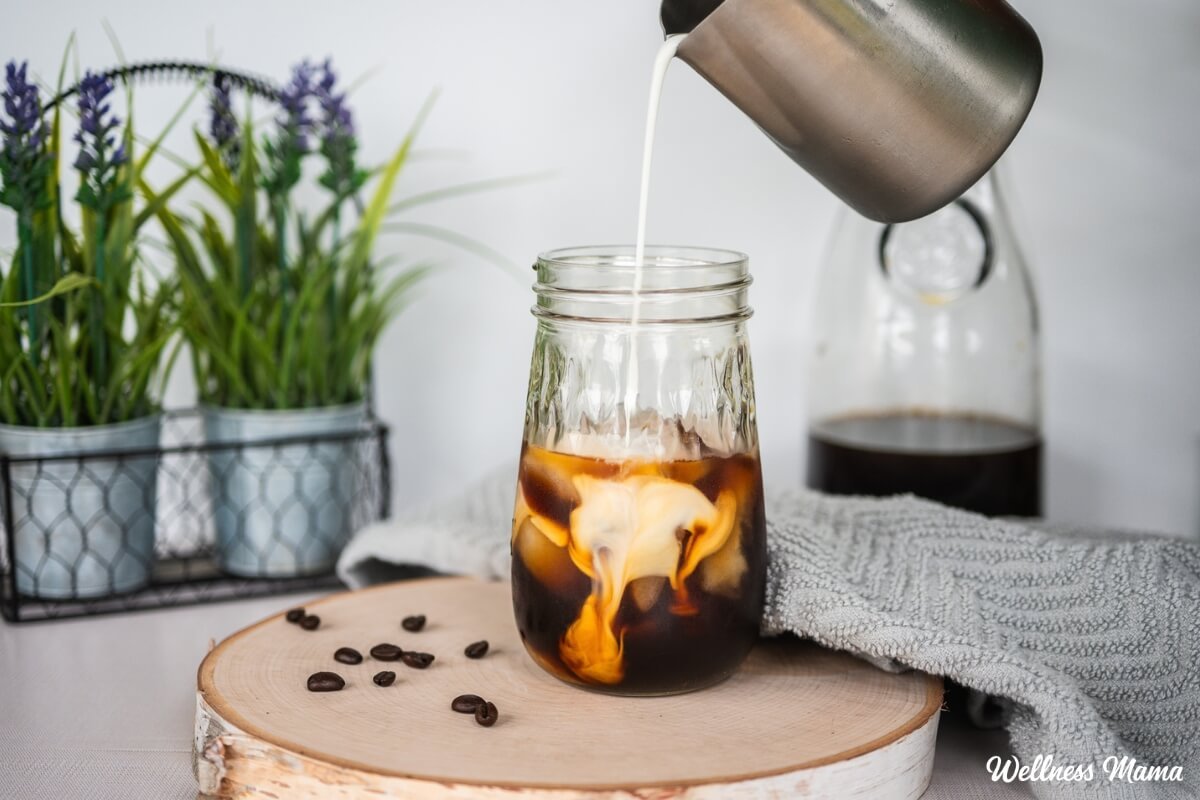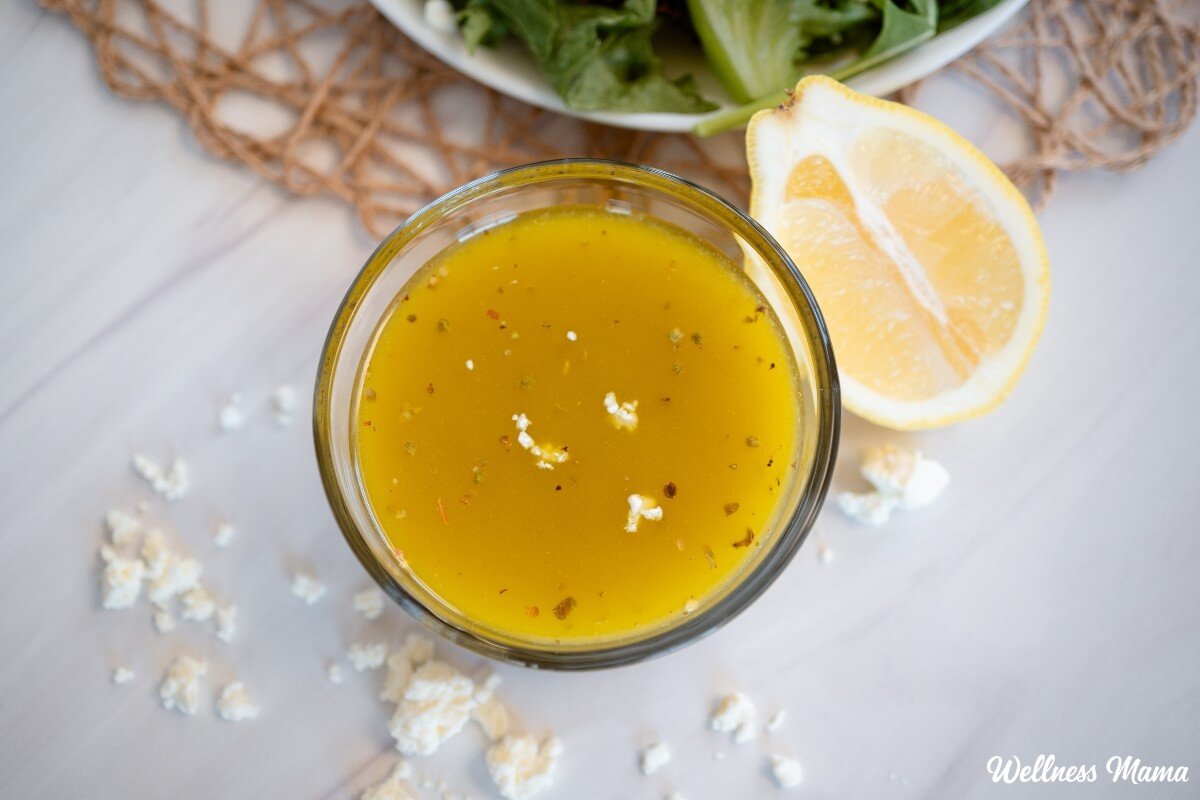I’ve been consuming Himalayan sole water for several years and often reference it in my blog entries. Many readers inquire about consuming it, with one of the most frequent questions being “How much sole water should I drink?” Here are my insights on sole water and guidelines on consumption based on individual needs.
What is Sole Water?
Sole (pronounced “so-lay”) is essentially a mixture of water and pink Himalayan salt. This type of salt is a high-quality natural product renowned for its rich mineral composition.
Unlike regular table salt, which comprises only sodium chloride (NaCl), Himalayan salt contains numerous beneficial trace minerals in addition to sodium and chloride. Opinions vary on the exact number of these minerals. As such, it can act as a natural mineral supplement for daily use.
To prepare sole, obtain a quart-sized glass jar, filtered water, and Himalayan salt. Once the salt crystals dissolve in water, they separate into ions, with NaCl breaking down into Na+ and Cl-. The positive ions from the salt envelop the negative ions in the water, forming a new electrically charged compound.
This innovative substance might aid detoxification and elevate energy levels. To maintain its natural charge, keep it away from metal. Therefore, use a Mason jar with a plastic lid and stir with a wooden spoon. If worried about metal interactions, such as with braces, try drinking it using a glass straw!
Here are additional potential health benefits:
Health Benefits of Drinking Sole
Many individuals consume Himalayan salt water for various benefits, which may include:
-
Supporting Detoxification: Drinking any water supports detox pathways, including the urinary system. Adding sole can assist the digestive system as the chloride in dissolved salt crystals may stimulate hydrochloric acid release, encouraging digestive enzyme production. Detoxifying also helps balance the immune system.
-
Healthy Electrolyte Balance: Electrolytes are vital minerals that sustain bodily functions, including fluid regulation, muscle contraction, and nervous system control. Sole may thus help mitigate muscle cramps for some people.
-
Better Sleep: Magnesium, a key mineral in Himalayan salt, is known for its calming impact on the nervous system, helping to regulate neurotransmitters that encourage relaxation and sleep. Avoiding sodium can disrupt sleep patterns.
-
Increased Energy Levels: The adrenal glands are crucial in managing energy and stress. Minerals like magnesium and sodium in Himalayan sole support adrenal health, maintaining energy balance and resilience.
- Weight Loss: Some report weight loss as a sole water side effect, possibly due to salt’s positive effects on insulin resistance. However, this isn’t supported by research.
How Sole Water Can Help
Personally, I experienced increased energy and improved digestion within a week. Skin enhancements appeared after a couple of weeks, and my sleep improved shortly after starting sole.
Here are some testimonials from readers:
-
“I’ve used it for years, and my skin is smoother, my nose is clear, and I haven’t been sick.” – Miho
-
“I dissolve a pinch of Himalayan salt in warm water and drink a few glasses daily. I feel energized, my skin glows, my digestion improved, and my heart palpitations stopped.” – Agnes
-
“Sole has significantly impacted my life. I suffer from migraines and low blood pressure causing dizziness. Consuming sole daily has dramatically reduced my migraines and normalized my blood pressure.” – Donna
-
“My health practitioner suggested sole for foot cramps at night. It worked! I drink it daily now with no cramps!” – Anonymous
- “I avoided salt and suffered painful muscles, dark skin, swelling, fatigue, and allergies. Sole eliminated these sodium deficiency symptoms, and I feel healthy now.” – Joy
With these positive outcomes, you might wonder how to incorporate Himalayan sole into your lifestyle!
How to Use Himalayan Sole
To use Himalayan sole, take a small portion mixed in 8 ounces of water in the morning on an empty stomach. Wait 20-30 minutes before consuming water, coffee, or breakfast. If practicing oil pulling daily, do so before taking sole.
Not everyone prefers consuming it all at once in the morning. Some mix a teaspoon of sole in 32 ounces of water and sip throughout the day, adding lemon juice for taste.
When starting, gradually increase intake to allow your body to adapt. Begin with 1/4 teaspoon of sole in water (8-12 ounces) on an empty stomach in the morning.
Gradually progress to a teaspoon of sole in a glass of water, the typical daily dosage for most. (My children take half a dose). I’ve consumed up to two teaspoons daily. Beware that some experienced diarrhea when taking three or more teaspoons within a day.
How Much Sole Water Should You Drink?
The standard recommendation is 1 teaspoon of Himalayan Sole mixed in a glass of water once daily, offering electrolyte and mineral benefits without excessive salt.
Your personal needs depend on factors like activity level, climate, and health conditions. While Sole Water can enhance your hydration routine, it shouldn’t replace all water intake.
What About High Blood Pressure?
Interestingly, a teaspoon of pink Himalayan salt contains approximately 1,700 mg of sodium, whereas table salt holds about 2,300 mg. The Original Himalayan Salt website states a teaspoon of sole contains just 478 mg of sodium. Thus, sole in water isn’t as high in sodium as it might appear.
For most, salt doesn’t influence blood pressure. However, those with familial hypertension have a genetic sensitivity to salt, so consulting a health practitioner is advised.
Hypertension symptoms might mask underlying insulin resistance. Avoiding salt can worsen insulin resistance and impede insulin’s function to dilate blood vessels, potentially lowering blood pressure.
Who Should Consider Drinking Sole?
If you wish to supplement your diet with healthy salt intake or address concerns mentioned above, consider trying sole. It’s beneficial for individuals with low blood sodium.
Overall, Americans consume less unrefined salt than predecessors. Ensure adequate potassium intake through fresh produce.
However, those with kidney disease, heart issues, or sodium-related health concerns should seek doctor advice. A low-sodium diet may be necessary for rebalancing health.
Final Thoughts on a Daily Himalayan Salt Routine
Adding essential minerals through Himalayan pink salt sole is simple. It’s fine at room temperature, making it easy to store in a Mason jar on the kitchen counter for reminder purposes. Alternatively, refrigerate if desired.
Instructions on preparing sole water are straightforward. If not keen on Himalayan salt, Celtic sea salt or Real Salt are viable alternatives. Avoid refined table salt since it’s purely sodium.
Do you incorporate sole into your routine? How much do you drink daily? Share your experiences with us!

















Leave a Reply